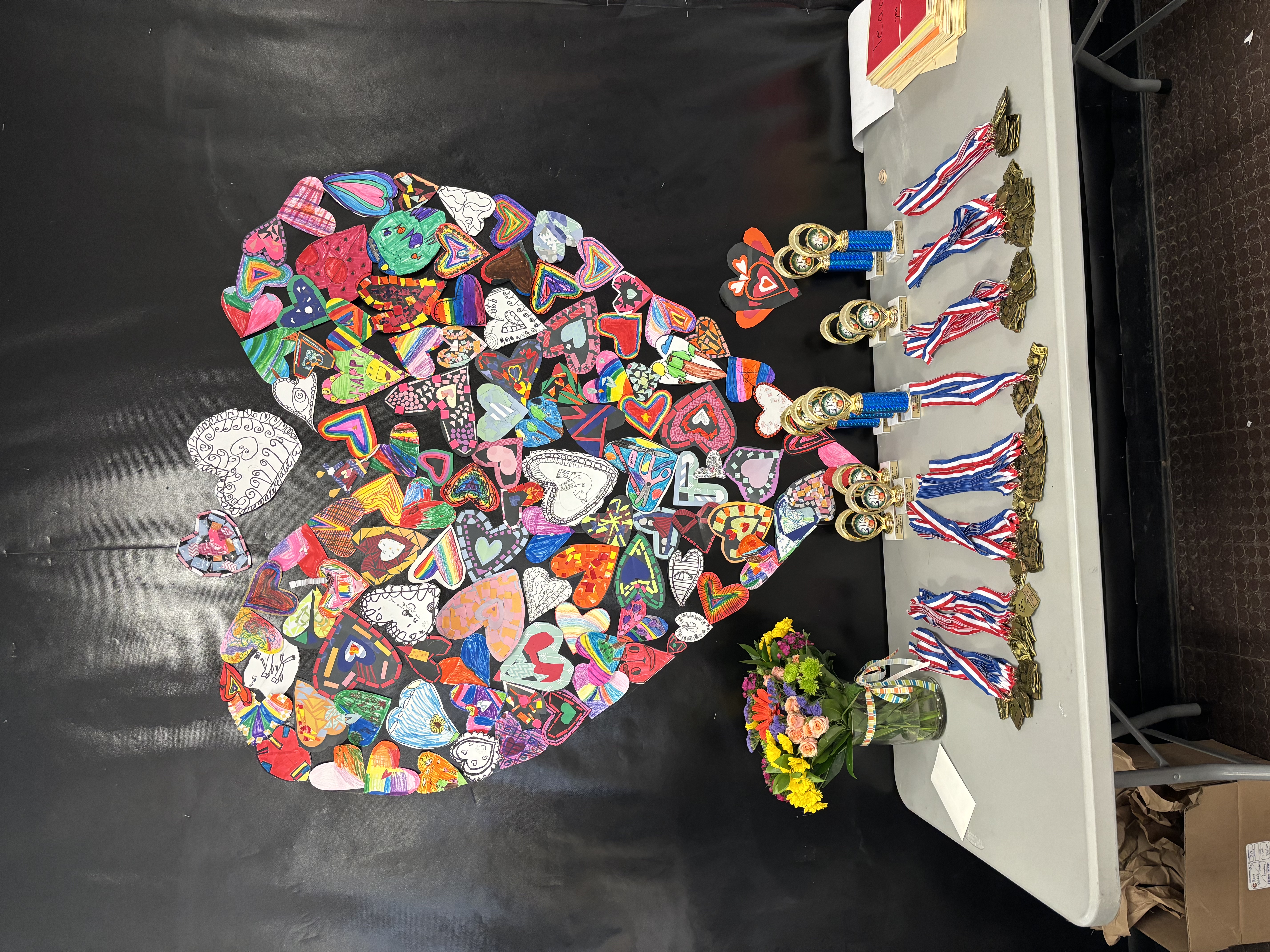Investigating the Impact of Hopkins Elementary's Science Fair on Mood
Investigating the Impact of Hopkins Elementary's Science Fair on Mood

Introduction
Science fairs are pivotal in fostering creativity, curiosity, and a love for learning among students. They provide a platform to engage with scientific concepts in a hands-on manner, promoting a deeper understanding and appreciation for the scientific method. This report examines the impact of attending a science fair at Hopkins Elementary School on the mood of this attendee, with a specific focus on the hypothesis: "Attending the Hopkins Elementary School science fair on Tuesday, March 5 will have a positive impact on the rest of the day."
Methods
The Scientific Method, as provided in a packet to all voluntary student participants, was employed to structure this investigation:
- Ask a question: Will attending the Hopkins Elementary School science fair impact my mood for the rest of the day?
- Do background research: Previous experiences have shown that engaging in educational and community events can have positive psychological effects, including improved mood and increased social interaction.
- Construct a hypothesis: Based on preliminary research and anecdotal evidence, it was hypothesized that attending the event would positively affect this observer's mood for the remainder of the day.
- Test your hypothesis by doing an experiment: This observer attended the Hopkins science fair, actively participating in and observing the various projects and presentations. Key indicators of mood improvement included the observer's willingness to take and share numerous photos and recount the experience to colleagues.
- Analyze your data and draw a conclusion: Observations were made regarding the overall environment of the fair including the vast range of questions asked and answered in projects, the engagement of participants and attendees, and personal levels of enjoyment and fulfillment.
Findings
Participation in the Hopkins science fair was voluntary, with participants providing detailed projects that focused on the scientific method, creativity, and teamwork. The participants received medals and certificates for their hard work, with trophies awarded for outstanding use of the scientific method to fourth and fifth grade teams.
Several projects had their student teams presenting to the panel of judges during this attendee’s visit to the fair, such as "The Great Gummy Bear Expansion" by Jacob and Madison Foisy, and a steam engine replica by Reesen and Levi Esquibel. Both sets of students said one of the best things about working on their science fair projects was collaborating with their siblings. Jacob noted that, “Every liquid has different chemicals, and the chemicals had different effects on the gummy bears.” Reesen reflected on a challenge in his and Levi’s project: “The copper and styrofoam were hard to find. It was kind of a nail biter, but we got it done!”
The panel of judges included a student judge, Oscar Paddock, a sixth grader at Powell Middle School (and former Hopkins student). He said one of his favorite things about being a judge was seeing “how confident the kids were.” This observation aligns with the positive atmosphere of the fair, which likely contributed to the overall mood improvement of attendees.
Conclusion
The hypothesis that attending the Hopkins Elementary School science fair would have a positive impact on the observer's mood for the rest of the day was supported. Evidence included the observer's active engagement in the event, such as taking and sharing numerous photos, and discussing the experience with colleagues. Additionally, the enthusiasm, creativity, and confidence of the participants were key factors in fostering a positive and inspiring environment.
This case study underscores the value of science fairs in stimulating interest in scientific inquiry and providing a joyful and enriching community experience. Further research could explore the long-term impacts of such events on both participants' and attendees' attitudes toward science and education.
Reflection
Engaging with young minds as they navigate the complexities of scientific inquiry proves to be an uplifting experience, highlighting the intrinsic value of learning and collaboration.
